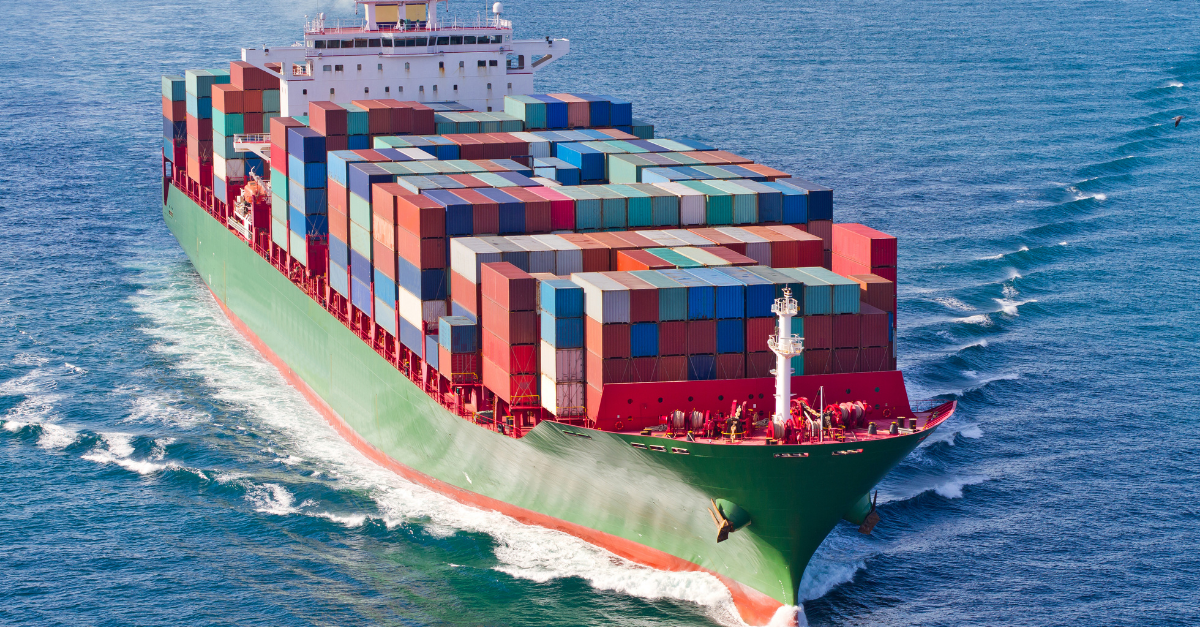
At least two more years of freight rate pain for shippers as carriers ‘cash in’
May, 06, 2021 Posted by andrew_lorimerWeek 202119
Shippers must brace themselves for at least two more years of elevated freight rates and tight supply, according to Drewry.
The maritime consultant predicts average rates – a blend of spot, contract, backhaul and regional trade rates – will increase about 23% this year; but for some headhaul routes, it said, the hike would be “substantially higher”.
During Drewry’s Container Shipping Outlook webinar today, senior manager for container research Simon Heaney said rates were expected to fall next year, although not to pre-pandemic levels.
“For 2022, we do see some erosion in freight rates as the inflationary impact of supply chain inefficiencies hopefully disappears, but we think carriers are still going to be able to keep freight rates high, thanks to the in-depth capacity management they fine-tuned during the pandemic, as well as the pricing discipline they have shown.
“For next year, while rates will come down, they will still be substantially higher [than pre-pandemic] and we expect average rates will come down from this year’s lofty highs by approximately 9%,” said Mr Heaney.
He said newbuild deliveries this year and next were sufficiently low that overall fleet growth would come in substantially below demand growth. And, assuming port congestion continued to blight the supply chain, keeping the global fleet fully utilised, this was “clearly a positive for carriers”, he added.
However, he said: “One small crumb of comfort for shippers is that ocean carriers and non-operating owners are, potentially, sowing the seeds to shorten the bull run they are enjoying right now by over-investing in new tonnage.”
In the first three months of the year, carriers and non-operating owners signed contracts for some 170 newbuilds, at a capacity of about 1.9m TEU, the majority of which will be delivered in 2023. And with further orders in the pipeline, the supply-demand scales could tip back the other way in two years’ time, especially if there is a further global demand shock in the interim.
“I don’t understand why owners are so desperate to acquire new ships that are going to take at least two years to be delivered,” said Mr Heaney. “They are not going to arrive in time to cash in on this boom and all they are really doing is to potentially increase the risk of overcapacity returning to the market after a few good years of repairing the situation.”
Research by Alphaliner shows some carriers are trying to maximize the current opportunities: MSC has again been active on the second-hand market this week, as it buys up tonnage regardless of age. A recent shopping spree by the second-ranked carrier included four S-class 9,640 TEU sister ships from 2M partner and rival Maersk.
The ex-Susan Maersk, Sofie Maersk, Aotea Maersk and Soroe Maersk were built at the line’s former in-house Odense shipyard in Denmark and are over 22 years old. However, according to an S&P broker that spoke to The Loadstar: “MSC is not focused on the age of its acquisition targets.”
With a further 15 similar-sized ship purchases, MSC will overtake Maersk’s long-standing top-ranking capacity of 4.1m TEU. The Geneva-based carrier also has a far greater orderbook, of 636,000 teu, compared with Maersk’s 40,000 TEU, according to Alphaliner data.
Source: The Loadstar
-
Economy
Jul, 23, 2020
0
AEB revises forecast downwards for Brazil’s exports and imports in 2020
-
Other Cargo
Feb, 28, 2024
0
Brazil buys record amount of fertilizers in January
-
Ports and Terminals
May, 13, 2021
0
Uruguay beef exports via Brazil’s port of Rio Grande increase ten-fold
-
Oil and Gas
Jun, 13, 2019
0
Macri promises to tender Vaca Muerta pipeline in July



